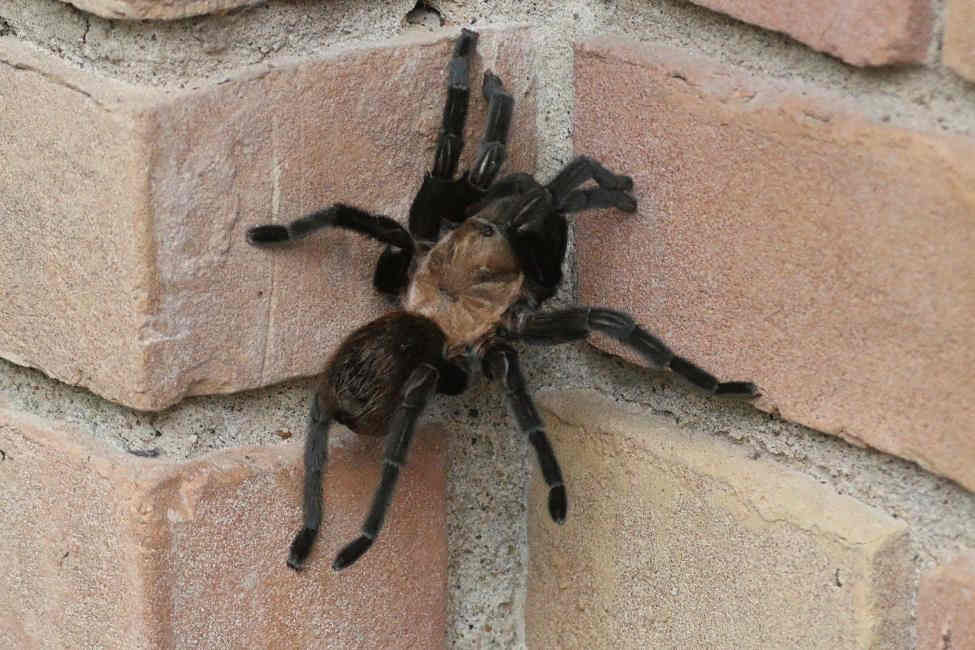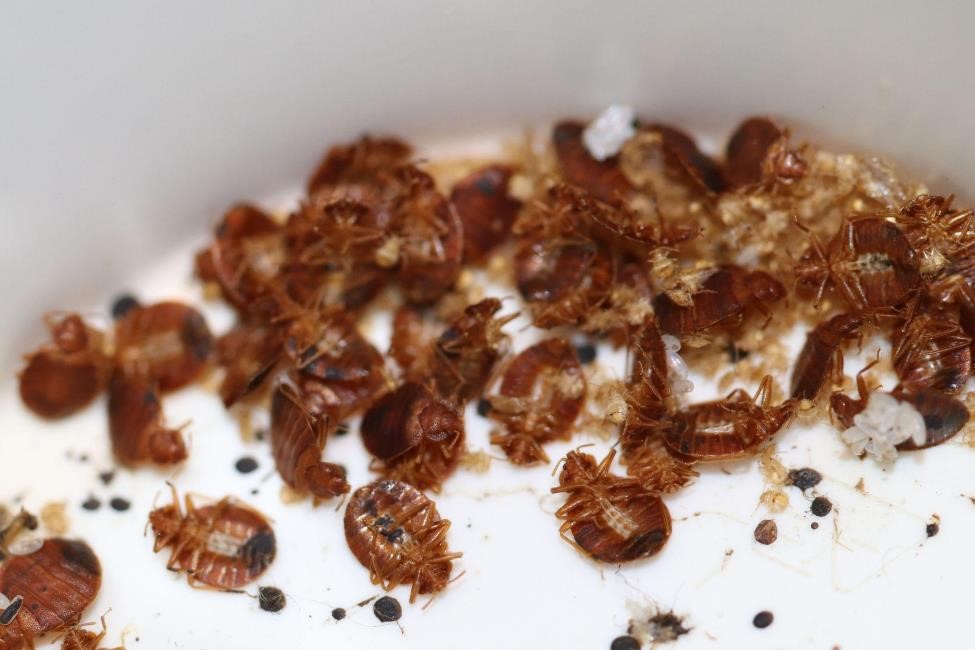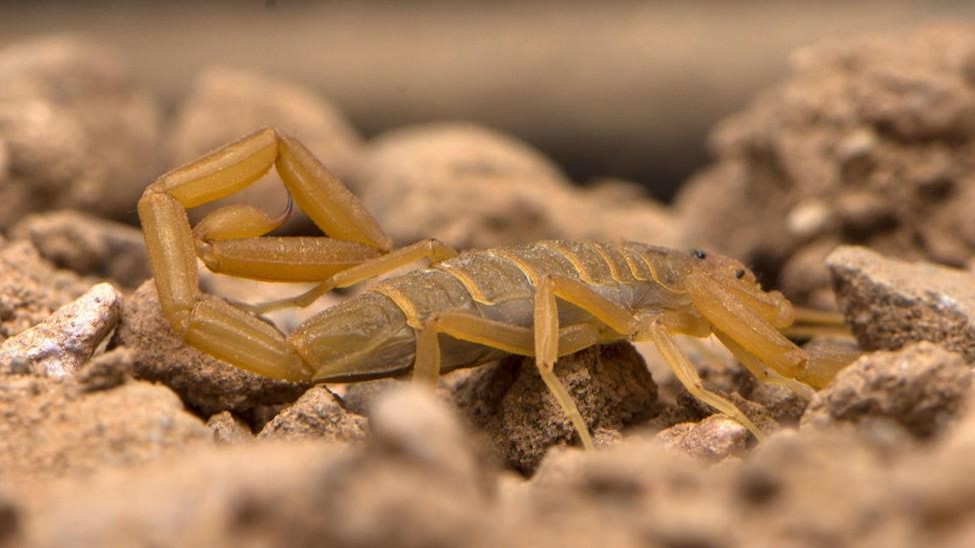Whether you spend your winters under the warm sun of Arizona and Las Vegas, are a long-time resident of the area, or simply want to learn more about the desert states, we are here to help. From the intense climate to the many different types of habitats and environments found in it, the desert biome has a unique and expansive set of pests that call it home. This guide from the experts at Burns Pest Elimination is here to help you know what to expect from the local insect life when you call Arizona and Las Vegas your home.
Cockroaches in the Desert
Cockroaches are one of the most commonly-found pests in Arizona, with three species being the most prominent – the American, Brown-banded, and German. All three species are attracted to food waste and water, making kitchens, bathrooms, and basements a natural hotspot for these pests. They find their way inside your home through cracks and crevices in your foundation and the frames of windows and doors, and their small size makes them masters of hiding.
Cockroaches are nocturnal so you may not catch them scurrying around in person, meaning it is extra important to know the common signs of an infestation. If you find pepper-like droppings, smell strange odors, or hear scurrying sounds throughout your home, it may be a sign of a cockroach outbreak. The best way to keep these creepy crawlies out of your home is to ensure that all cracks and crevices along the exterior of your home are sealed, fix all leaky plumbing fixtures, and to keep all fresh food in airtight containers or off of countertops. Don’t let trash or standing water build up in your home, and discard any rotten food as quickly as possible.
The American Cockroach
The American cockroach is shaped similarly to a large almond, coming in around 2 inches long and being reddish-brown in color. They prefer the outdoors and are the least likely to invade your home. However, if they do decide to enter your living space, it will be through the plumbing – They are mostly found in sewers, drains, and rooms that are warm and humid. American cockroaches prefer to eat organic matter, such as food scraps, leaves, fungi, and smaller insects.
The Brown-Banded and German Cockroach
The Brown-banded cockroach is about ½ inch in length, with the males having a golden-tan color and females dark brown. Due to their small size this species of cockroach is able to squeeze into small spaces and hitch a ride into your home on almost anything, whether it is via furniture, containers of food, or electronics. The brown-banded cockroaches are nocturnal and typically found in areas that are dry, warm, and elevated away from danger. They will feed on just about anything they can get access to, making this cockroach potentially very destructive to find in your home.
Similar to the Brown-banded cockroach, the German cockroach is also ½ inch long, and is light brown with two dark stripes running down its thorax. They too find their way into homes via furniture, containers of food, and electronics. They are mostly found in bathrooms and kitchens, as they prefer humid areas, and will feed on just about anything.

Tarantulas in the Desert
Tarantulas are one of the largest arachnid species, being anywhere from 2 to 4 inches long. They are brown or black, with dense hair covering their body. They often find their way inside homes during the summer and fall months, usually by open doors or windows. They have also been known to fit through foundation cracks and like to feed off small pests that may already reside in your home such as beetles, moths, and ants. If you have an infestation of tarantulas, there is a good chance you most likely have other pests to deal with in your home as well.
If tarantulas feel threatened they will attack and bite. Typically their bite is non-life-threatening to adult humans, but it can be very painful nonetheless. Some people may be allergic to their venom, leading to severe reactions. Tarantula bites can be of great concern to small children and pets due to their lower body mass making it harder to fight off the effects of the venom. In any situation, If bitten by a Tarantula it is best to seek medical attention.

Bed Bugs
Bed bugs are tiny (roughly the size of an apple seed) and are a reddish-brown color. They can appear flat, when they haven’t fed, or ballooned when they have. As their name suggests, they are most often found nesting in bedsheets, mattresses, in the seams of chairs or sofas, and around cracks and crevices in highly trafficked areas where they have easy access to their food supply – blood.
Bed bugs often leave rust-colored stains and ink-like excrement spots behind, giving a tell-tale sign of an infestation. They are notorious for latching onto the luggage of travelers as they leave hotels or other shared spaces where outbreaks are common, so be sure to check your bags and wash clothes immediately upon returning home from a trip. To help keep bed bugs away, be sure to vacuum, and wash bedding and other linens on a regular basis.
Fleas and Ticks
Fleas and ticks are very common in the summer months. They often latch onto your pets outside, and then make their way into your home. Oftentimes, both fleas and ticks will feed off their hosts, and can transmit harmful bacteria that can lead to serious illness or death.
Fleas are not very to see due to their miniscule size. They are reddish-brown in color, and can jump over a foot in distance. If you notice your pets scratching, itching, or grooming themselves more frequently than usual, it is a good indicator of a flea infestation. Female fleas tend to lay their eggs on your pet, and if not caught and treated can quickly lead to a large-scale outbreak in your home.
Ticks can be found in a reddish-brown or a grayish-blue color, depending on how well-fed they are. Most often, they are less than ½ inch in size. There are several species of ticks, but in Arizona, brown dog ticks and the American dog tick are the most common. Most ticks thrive in tall grasses or wooded areas outdoors, but will latch onto animals or humans to feed. While uncommon in other species, the brown dog tick can survive indoors off of its host and lay eggs around the home, leading to an infestation. You’ll want to check your pets for ticks routinely, as well as yourself after going outside for long periods of time, to avoid an encounter with these pests that can pose health risks by transmitting illnesses such as Lyme disease and Rocky Mountain spotted fever.
Bark Scorpions
Bark scorpions are a nocturnal arachnida that thrive in areas that are cool and dark, such as the crevices around a home’s foundation. Although one of the smallest species of scorpions, their sting is highly dangerous. They are normally ½ to 1 inch in length, with coloring that ranges from light tan to dark brown. Bark scorpions are natural climbers and can walk across nearly any textured surface. They often eat other scorpions, insects, and spiders.
When they sting, neurotoxins in their venom can cause a reaction of pain at the stinging sight, burning or swelling, numbness, tingling, and muscle cramps. It is recommended to seek medical attention after a sting. Utilizing glue boards around areas of entry and removing wood piles from around the outside of your home can help keep your home scorpion free, as it removes a common nesting spot near your home and can trap this pest if they do make it inside.
When to call the experts at Burns Pest Elimination
The unique climate of Arizona and Las Vegas makes it an ideal home for many pests, and learning why they are attracted to your home helps us understand how to create a plan that keeps them away. Most outbreaks of these pests are preventable with consistent home cleaning and pet grooming. But even with the most proactive cleanliness, they can still find their way inside.
If you are feeling overwhelmed by these unwelcome pests, it’s time to call in the professionals. No matter the kind of pest you’re dealing with, we are here to help! With decades of pest control experience in the Arizona and Las Vegas areas, the team at Burns Pest Elimination has the expertise and equipment needed to get your space pest-free once again. Request a quote online today!
